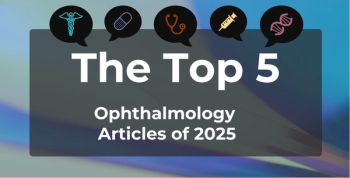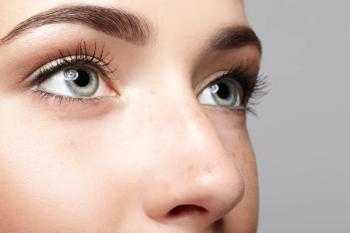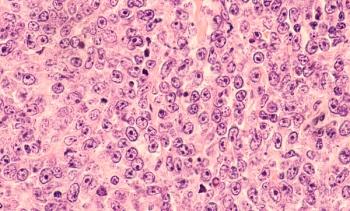
Substance Use, HIV Testing Connected in US Adolescents
Key Takeaways
- Adolescents aged 13-24 represent 20% of new HIV diagnoses, highlighting significant testing inequities across demographics.
- The study found higher HIV testing odds among older students, those with multiple partners, and substance users.
Tailored promotion of testing for HIV and sexually transmitted infections can help to reduce the incidence of HIV in adolescents.
Certain sexual health and substance use behaviors were associated with less likelihood for
Adolescents and young adults aged 13 to 24 years made up approximately 20% of new HIV diagnoses in 2022, indicating the heavy burden that this age group carries when looking at HIV.2 Inequities in testing for HIV exist across sex, race, and gender that can pair with age to lead to a lack of education and places to receive preventive services in this age group, which is a reason for low testing rates in adolescents. Unhealthy sexual and substance use behaviors can be an indicator of a lack of education and therefore a lack of testing. This study aimed to find the association between HIV testing and unhealthy sexual behaviors and substance use in adolescents living in the US.
The Youth Risk Behavior Surveillance System was used to collect data from 2019 to 2021. These data included a survey administered to high school students that assessed their health-related behaviors and demographics. Patients who were 13 years or younger or who had never had sex were excluded from the study.
Participants were asked if they had ever been tested for HIV outside of blood donation, the sex of their sexual partners, the number of sexual partners, when they had condomless sex last, drug or alcohol use before sex, cocaine use, and their current substance use frequency.
There were 30,909 participants in this study who had a mean (SE) age of 16 (0.03) years and who were 51% male. The population was 51% White, 26% Latino or Hispanic, 12% Black, 6% Other (Native American/Alaskan, Native Hawaiian, Pacific Islander, or Asian), and 5% multiple also included. A total of 34% of the students had opposite-sex partners, 2% had same-sex partners, and 5% had both; 45% of the population reported no sexual intercourse.
Testing for sexually transmitted infections was 1.05 (95% CI, 1.00-1.10) times greater for Black men and 1.07 (95% CI, 1.00-1.16) times higher in multiracial men. Older male students had 1.01 (95% CI, 1.00-1.02) greater odds of testing for HIV. HIV testing was also 1.14 (95% CI, 1.03-1.26) times more likely to occur in men who had reported sexual partners of both sexes compared with men who reported only an opposite-sex partner. Men who had an increasing number of sexual partners also had 1.14 (95% CI, 1.07-1.21) greater odds of testing for HIV.
Greater odds of testing for HIV were seen among older female students (OR, 1.02; 95% CI, 1.01-1.04), women who reported increasing number of sex partners (OR, 1.06; 95% CI, 1.01-1.12), women who reported cocaine use (OR, 1.15; 95% CI, 1.04-1.28), and women who had prescription drug misuse (OR, 1.05; 95% CI, 1.00-1.11). Women who reported “Other” for their ethnicity had lower odds of testing for HIV (OR, 0.92; 95% CI, 0.86-0.98).
There were some limitations to this study. Possible confounding factors were not taken into account, and this study is not generalizable to adolescents who do not attend school. All usage of alcohol, cannabis, and e-cigarettes were from within the previous 30 days and may not include usage prior to that point, and cocaine and prescription pain medicine use were lifetime usages, which could have mixed students who only used it once with routine users. In addition, test results for HIV and STI were likely affected by COVID-19, and all of the data were self-reported, which could be susceptible to bias.
“These findings highlight the importance of the role of how HIV and STI testing patterns are socially and structurally racialized, as well as the nuance of substance use behaviors that vary between the male and female adolescents in this sample,” the authors wrote. Tailored interventions that consider the relationship between substance use, sexual health behaviors, and HIV can help to better target improved testing in adolescents.
References
1. Weerakoon SM, Srikanth N, Aivadyan C, et al. A nationally representative analysis of substance use and sexual health correlates associated with HIV and STI testing among adolescents. AIDS Behav. Published online December 11, 2024. doi:10.1007/s10461-024-04575-w
2. U.S. statistics. HIV.gov. August 15, 2024. Accessed December 11, 2024. https://www.hiv.gov/hiv-basics/overview/data-and-trends/statistics
Newsletter
Stay ahead of policy, cost, and value—subscribe to AJMC for expert insights at the intersection of clinical care and health economics.







































